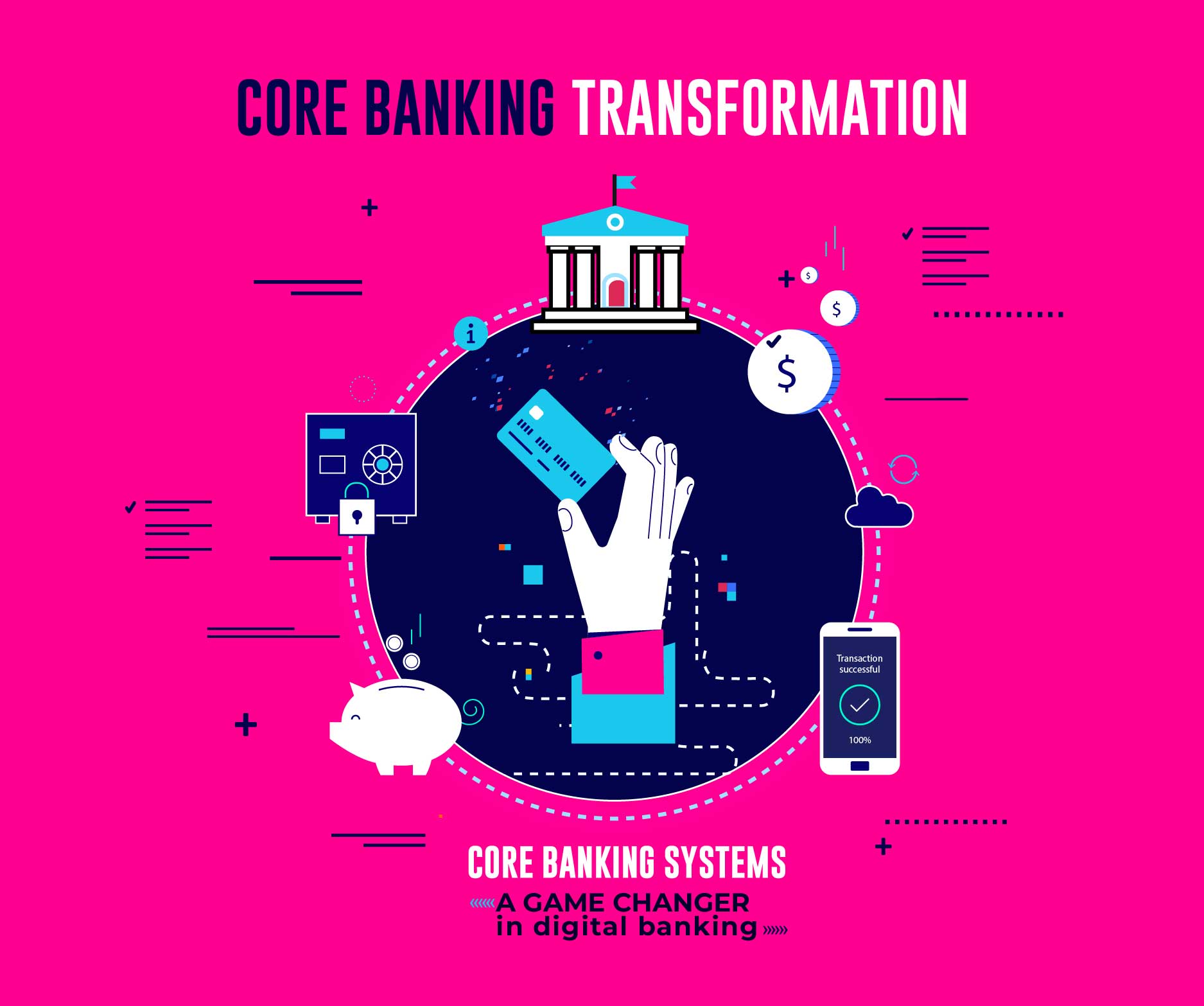Core banking is the back-end system that handles all bank activities across all branches. The system’s main parts are deposits, loans, and credit handling. The new systems are built on cloud technologies and use an open API-based design, making it easier for them to work with services and systems inside and outside the company.
Solving the legacy dilemma is crucial for leading FIs to embark on core banking system transformation.
Most top US banks still use platforms from the 1980s and 1990s to run their core banking activities. These platforms were either made in-house or changed so much that they no longer look like the original product bought from a vendor. This makes upkeep more difficult. Institutions know that these systems need to be updated somehow, but until recently, doing so would take a lot of time, effort, and money. In the past, changing core banking systems was a costly project that often couldn’t show a quick return on investment. A complete replacement could take several years and require a lot of money and time. There are also a lot of operational risks because the core banking change is so complicated and could cause problems with day-to-day operations.
Partnering with domain experts in Core Banking Systems, like Maveric Systems, equips leading FIs for scaling the most complex changes at the intersection of business, banking, and customer experience.
Modern-day Transformation Options
Core banking systems are one of the most essential parts of a bank’s design because they are in the center. Any change to these core systems will affect channels and functions. In the past, the only way to upgrade the core was to replace it entirely. This boosted the core banking platform, a “bet-the-bank” decision.
Now that core banking technology has come a long way, choosing how to modernize a bank’s core is no longer a “do nothing or replace everything” choice. Instead, there are several options. New vendors are now starting to offer next-generation, cloud-based banking and configuration-driven options that can give banks an alternative path that is less disruptive. These next-generation platforms let banks develop new ideas and address their essential needs while using their old platform for most core banking functions. Legacy vendors are also developing new ideas, allowing banks to add next-generation platform features.

Making the Right Choices
Deciding whether to replace, augment, or re-platform can be challenging. A one-size-fits-all method is not a good idea because every bank is different. Instead, there needs to be a thorough look at the current infrastructure, market dynamics, customer wants, and organizational capabilities. The plan is to go through a series of key decision points that help us make a good choice. By balancing risk, business drivers, and current capabilities, the answers to these questions will help a bank figure out which option may work best for it.
Conclusion
Many banks are using technology to cut costs and smartly grow their income. They want to change their core banking platforms to help cut back office costs and improve and increase customer interactions, opening up new ways to make money. Many top financial institutions constantly update their core systems to meet customers’ needs. This would help them sell more goods by cross-selling and up-selling. Here, the products are tailored to each customer’s profile and want, and high-tech tools for managing customer relationships help the sales team. These banks also have a unique pricing system based on the customer’s income and profile and a fee system tied to services that add value.
About Maveric Systems
Starting in 2000, Maveric Systems is a niche, domain-led Banking Tech specialist partnering with global banks to solve business challenges through emerging technology. 3000+ tech experts use proven frameworks to empower our customers to navigate a rapidly changing environment, enabling sharper definitions of their goals and measures to achieve them.
Across retail, corporate & wealth management, Maveric Systems accelerates digital transformation through native banking domain expertise, a customer-intimacy-led delivery model, and a vibrant leadership supported by a culture of ownership.
With centers of excellence for Data, Digital, Core Banking, and Quality Engineering, Maveric Systems teams work in 15 countries with regional delivery capabilities in Bangalore, Chennai, Dubai, London, Poland, Riyadh, and Singapore.











